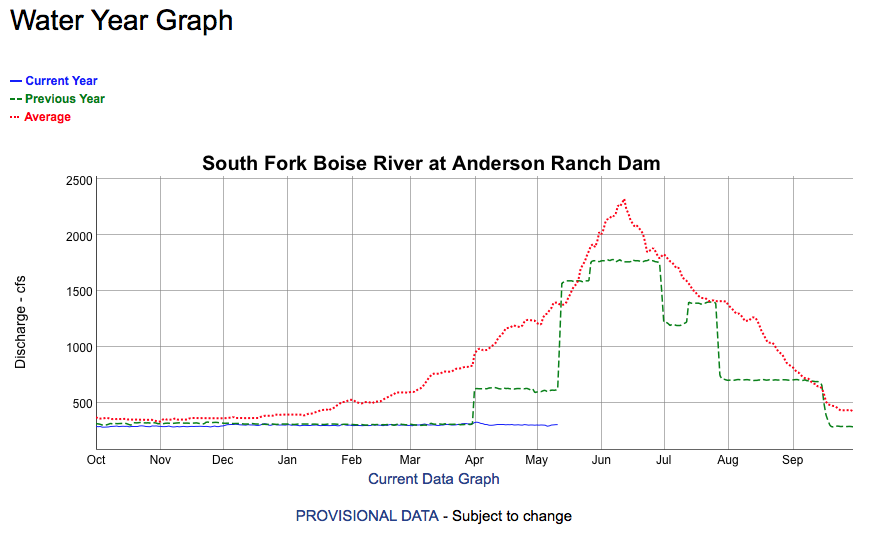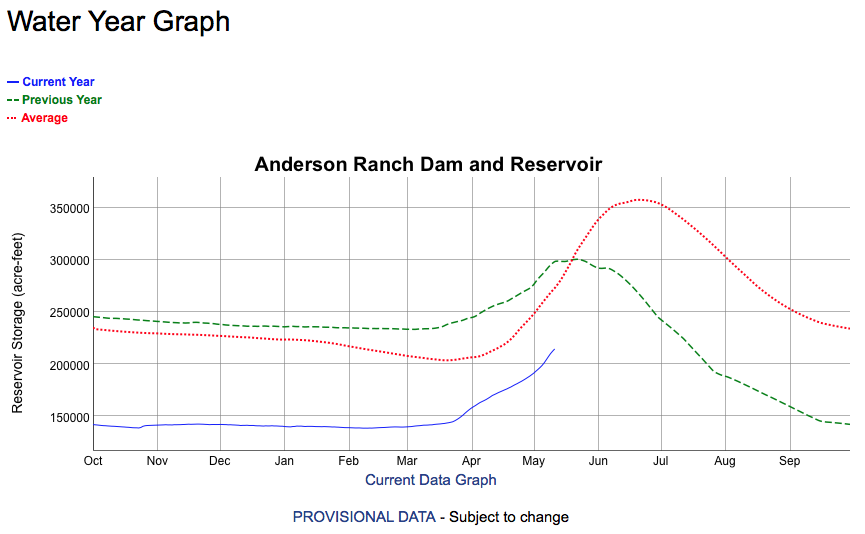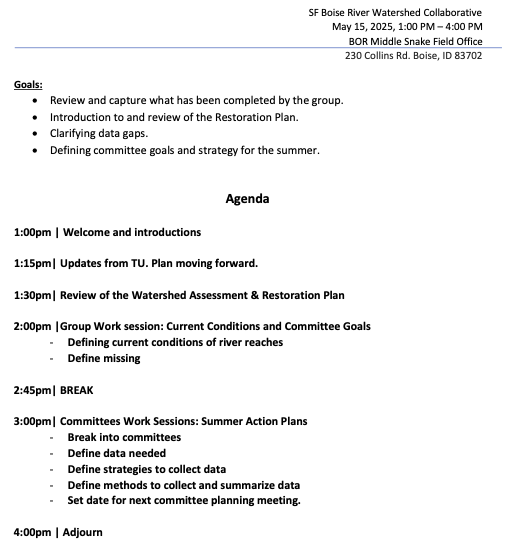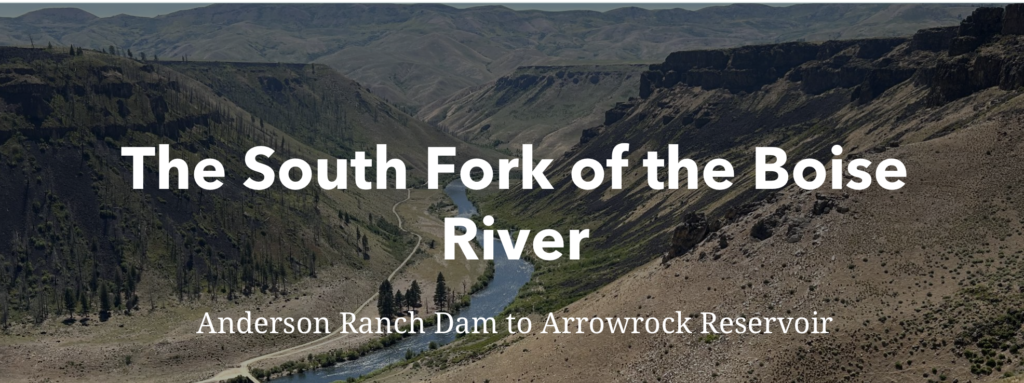Photos from December 2023 SF Boise Visit
River and watershed conditions, such as risk of soil erosion, become most apparent in the winter when the growing season is over and vegetation growth does not obscure ground conditions. A field trip to the South Fork Boise River shows a number of the sites where some erosion control could be implemented.
This stack of photos is in a .pdf format and is a huge 200 MB file and can be accessed here. It will open in a new tab.
Presentation on SF Boise Collaborative – Wednesday March 13

Join the Ted Trueblood Chapter of Trout Unlimited for a presentation about the South Fork Boise River Watershed Collaborative
Time: 6:30-7:00 Social / 7:00 Program
Date: March 13
Location: Smoky Mountain Pizza in Park Central
Andy Prisciandaro, the Trout Unlimited South Fork Boise River Watershed Collaborative Manager and Daniel Ritz, Communications and Outreach Coordinator for the Idaho Wildlife Federation will walk us through this exciting new group. The collaborative was formed to identify, prioritize and implement of improvements to the South Fork Boise Watershed between Anderson Ranch Dam and Arrowrock Reservoir. This interdisciplinary, multi-agency group officially began in October of 2023 to conserve and enhance the watershed with benefits to our shared community, fishery and anglers. The Collaborative has begun brainstorming ideas and investigating the feasibility of projects ranging from simple changes to signage up to large side channel reconnection projects. Come learn about their scope of work, potential projects, as well as how you can provide input and stay engaged with their work!
Combined with Daniel’s storytelling ability and personal experience fishing the river we are sure this will be an exciting ad informative presentation!
About the presenters:
Anthony Prisciandaro a former fish biologist and current Trout Unlimited South Fork Boise River Watershed Manager past experience with the South Fork Boise has includes everything from tracking fish by helicopter to collect data to create flow and water quality models.
Daniel Ritz is Communications and Outreach Coordinator for the Idaho Wildlife Federation, Editor of Swing the Fly Magazine and ANGLERS Fly Shop. Photo: Daniel Ritz/IWF
Flows Remain Low This Spring
Wow, it’s mid-May and the flows from Anderson Ranch Dam remain at the winter minimum 300 cfs. Normally this time of year the flows in the South Fork Boise River will be running 600 cfs. As the chart below shows, last year the flows increase from 300 cfs to 600 cfs on April 1, 2021.

The last time that 300 cfs flows extended into the spring spawning season was 2014, which came after the 2013 debris flows that had covered much of the South Fork Boise in sediment. A double whammy! The flows increased in early June as this chart from a previous post in 2014 showed:

One result of the 600 cfs flows in the spring months is it waters up some side channels and allows some rainbow trout spawning in those locations. At 300 cfs we probably have less spawning areas available.
Why is this happening? There is a pretty good reason. The Boise River reservoir system is below average in water because last year was so hot and dry and until the last few weeks the snowpack was below normal. And, Anderson Ranch Reservoir sits highest upstream in the Boise River basin among the storage reservoirs and the water stored highest upstream is most valuable for future uses. As the graph below shows, Anderson Ranch is filling, maybe a little faster than it filled last year, but the total contents are still well below both long-term average and last year as well.

The flow of 300 cfs since April 1 being half the normal rate means so far some 25,000 acre feet more water in the reservoir then there would be if the flows were at 600 cfs.
Currently Anderson Ranch Reservoir is approximately half full and the downstream Arrowrock and Lucky Peak projects are well above half, with the natural flows from the Middle Fork Boise River poised to fill those pools when the snow melt starts in earnest.
What are the implications for the fishery? There may be less spawning, or survival from it, in the mainstream river this year, versus when the river flows at 600 cfs. It also points to the importance of the tributaries that can contribute more spawning habitat with actions to improve access (where culverts may inhibit fish passage) and improved habitat. A balance of both mainstream and tributary spawning is necessary or balance the risks to the population.

